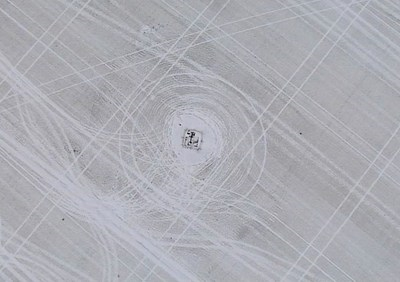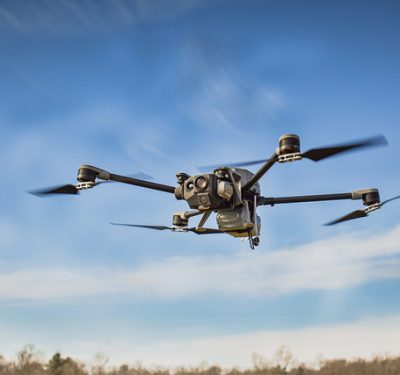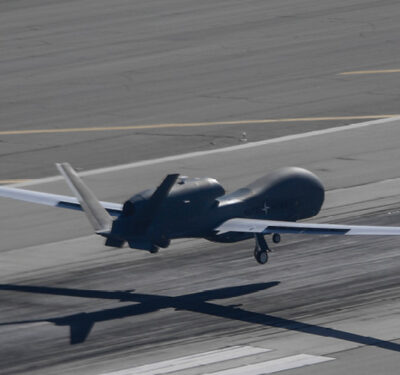
Canadian UAVs and Lockheed Martin CDL Systems recently completed the first Beyond Visual Line of Sight (BVLOS) pipeline, well site and power line inspections with the Indago 2 unmanned aerial system (UAS).
The test was performed at the Foremost Testing Range in Alberta, Canada, according to a news release. The UAS successfully inspected several pipelines, wellheads and powerlines.
“We are pleased that Canadian UAVs has selected our Indago 2 aircraft system with mobile ground control station as a solution for their commercial enterprise,” said John Molberg, Business Development lead for Lockheed Martin CDL Systems, according to the release. “Our systems routinely fly beyond line of sight for our military customers, and that has allowed us to gain compliance status with Transport Canada for use in commercial airspace. This flight achievement is a bellwether for Canadian UAVs, Lockheed Martin and Foremost Test Range, while also showcasing the leadership provided by Unmanned Systems Canada and Transport Canada for the safe use of unmanned systems in Canadian airspace.”
Performing BVLOS UAS flights for inspection and survey increases safety, economic and environmental considerations, because many of the assets that need surveyed are located in regions with dense muskeg and limited access, said Beau Chaitan, Environmental and Regulatory Engineer for MEG Energy, according to the release.
“Using traditional techniques on the ground for performing integrity inspections on remote sites or conducting reclamation monitoring would require the construction of either winter ice roads, or extensive summer access,” he said, according to the release. “This is not only an expensive exercise, but it’s also environmentally disruptive, as it creates numerous linear disturbances that potentially affect wildlife. BVLOS with a UAV is an improvement over performing inspections and monitoring with a manned helicopter, as it is safer from a worker exposure point-of-view.”






